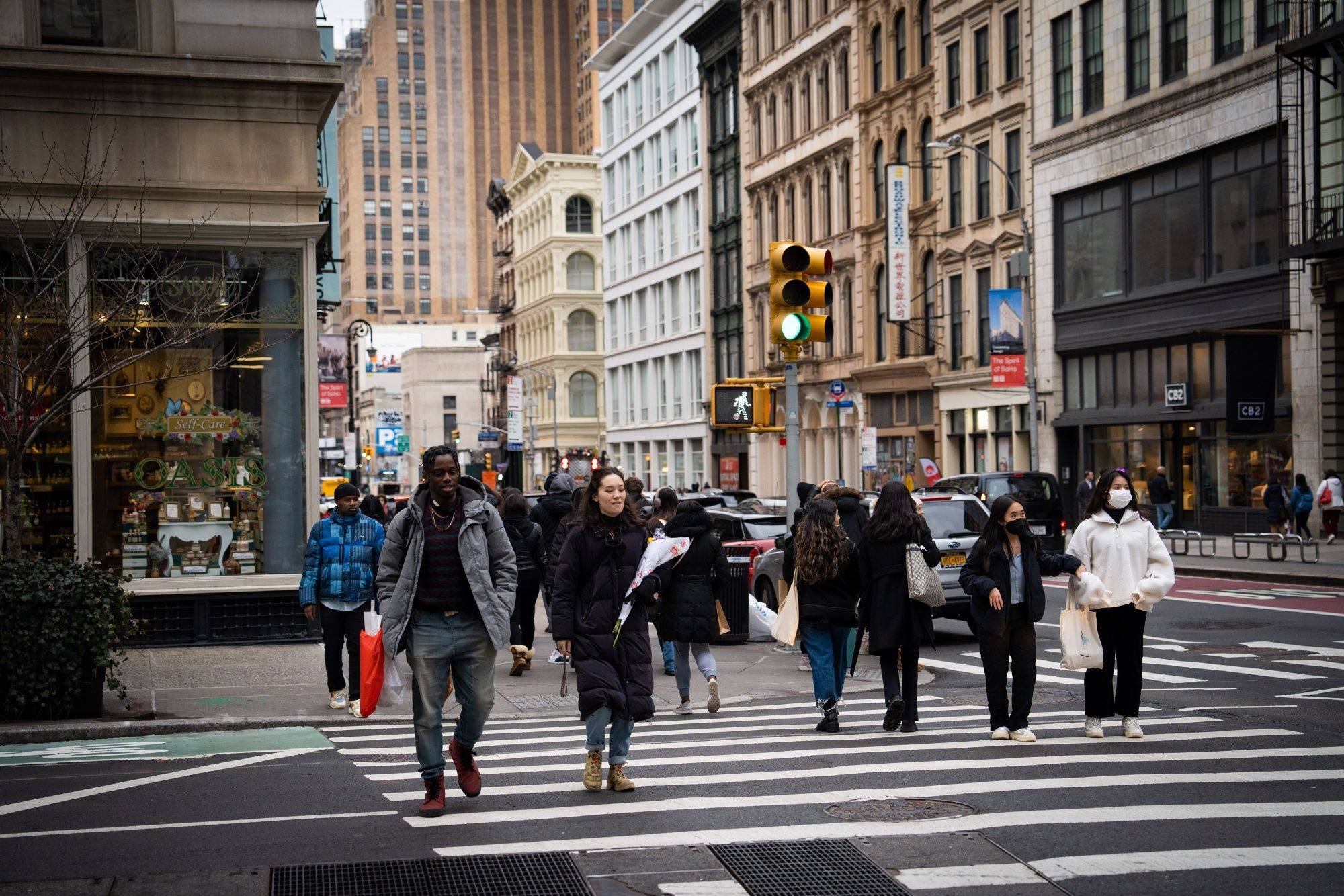
Why live-streaming e-commerce, popular in China, has yet to catch on in the US
- Instagram announced this week that it is ending its live-shopping feature, less than three years after it launched the service
- Unlike in China, where top e-commerce influencers draw strong viewership, few live-streaming hosts in the US have achieved comparable status
Tech giants from Meta Platforms to ByteDance face challenges in cracking the live-streaming e-commerce market in the US, as technological gaps and a lack of charismatic talent have made it difficult for businesses to recreate the popular shopping trend in China, according to analysts.
Instagram users will no longer be able to tag merchandise during live streams from March 16, owner Meta announced earlier this week, following a decision by sister platform Facebook to shut down its live-shopping feature in October.
Other US tech companies soon jumped on the bandwagon, with Pinterest launching Pinterest TV in October 2021 and YouTube partnering up with Shopify last July to let creators and merchants feature products on their channels.
Despite those efforts, however, US consumers’ reaction to live-stream shopping remains lukewarm compared with their counterparts in China. Nearly three-quarters of Chinese respondents in a Coresight Research survey in July said they had watched and bought items via live shopping, compared with more than two-thirds of Americans who said they had never watched a shopping live stream.
Such differences can be attributed to “a mix of technicality and behaviours”, said Alessandro Bogliari, co-founder and CEO of Miami-based agency The Influencer Marketing Factory.

“People in China go to live-stream shopping events because of great discounts, a [fear of missing out], drop collections and so on,” Bogliari said. In contrast, most US platforms do not provide any strong push to live shopping events on their sites, and there are not enough good hosts, he said.
In China, big-name influencers such as Austin Li Jiaqi, known as the Lipstick King for once selling 15,000 tubes of lipstick in five minutes, can draw more than 50 million viewers in just one evening.
China’s Big Tech companies, including ByteDance and e-commerce giants Alibaba Group Holding, JD.com and Pinduoduo operator PDD Holdings also actively promote live-streaming e-commerce on their platforms.

Another challenge faced by US companies is the technical gap between their apps, according to Bogliari. In China, consumers are used to so-called super apps that include a range of functions, allowing users to navigate smoothly from being introduced to a product to paying for their purchases, he said.
A lot of social apps in the US “still have friction when it comes to the same flow”, Bogliari said.
But companies are trying to improve their users’ shopping experience. Amazon Live, the e-commerce giant’s live shopping service introduced in 2016, features links to product pages under live streams.

And while TikTok viewers originally had to pay for purchases outside the app, TikTok Shop now has an in-app payments function. YouTube also allows American shoppers to buy directly on the platform.
Bogliari said that Instagram’s retreat from live shopping could be temporary, while the app “works in the background to understand how to make a greater impact on its users”.
Instagram owner Meta is under pressure to cut costs as the global tech industry grapples with economic headwinds. The company laid off 11,000 employees in November and is currently preparing for another round of job cuts, the Financial Times reported last week.


